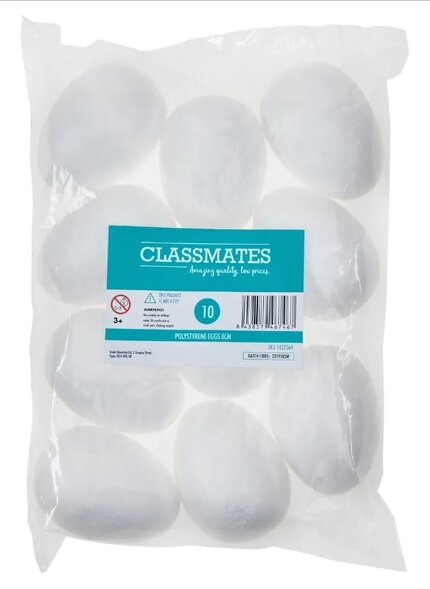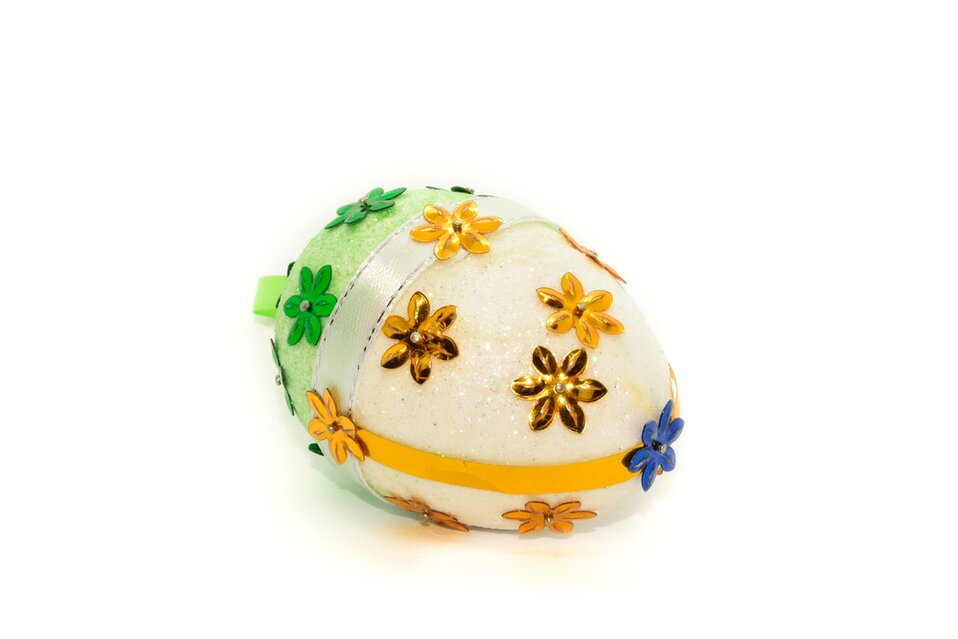
Articles
We aim to give food for thought as well as inspiring your creativity and
providing practical ideas you can’t wait to implement in your own settings!
Five Easter-Themed Ideas
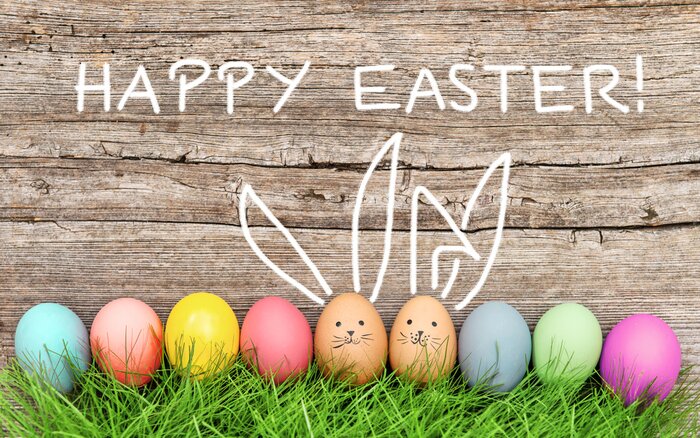
Here are a few simple suggestions for celebrating Easter with children.
1. The Easter Story
For Christians, Easter is a very important time of year.
It is all about Jesus; the story of how and when he died and his resurrection three days later. The day he died (The Crucifixion) is marked by Good Friday and The Resurrection is celebrated on Easter Sunday.
This can be a difficult story for younger children, but there are many age-appropriate books and other versions, such as this animated film from BBC Teach aimed at KS1.
The Christian Story of Easter - BBC Teach
Below are 6 simplified sentences. You might ask children to cut them out and order them once they have heard the story. They might draw pictures above each one. Or they might prefer to write the Easter story in their own words.
Jesus’ body was wrapped in white
cloth and put in a tomb.
Jesus had many
friends and followers.
Jesus’ friend, Mary, went back to the tomb,
but Jesus’ body had disappeared.
The angry leaders put Jesus
on a cross to die.
Jesus appeared to Mary and the disciples,
then rose up to heaven to be with God.
People who were in charge
were jealous and angry.
2. Take an Easter Walk
We know that Easter is a very important festival for Christians, but people have been celebrating this time of year long before Jesus was born. There are festivals in many cultures that celebrate the growth of new plants and animals at springtime and see it as a special time of renewal and rebirth.
You might take the opportunity to go for a walk and ask the children to look out for signs of spring. Are there any snowdrops, daffodils, or other flowers starting to bloom? Are leaves appearing on deciduous trees or perhaps pink and white blossoms on fruit trees or bushes.
How do children feel at this time of year? Do they notice that it is staying lighter for longer? What effect does this have on them?
3. Easter Eggs
Show children a hen’s egg and a picture of a yellow chick and explain that this is why we have special eggs at Easter – because they remind us that new life can come from them.
Traditionally, people decorate eggs. This can be done in a variety of ways. You might get children to paint and decorate real hard-boiled eggs. If you want a shiny finish, brush with a coating of pva glue once the paint had dried.
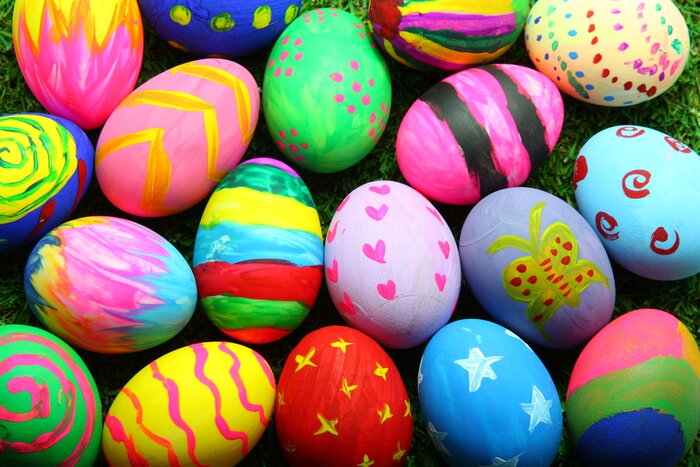
Or perhaps you might choose polystyrene eggs. Much more robust of course! These can be carved, glued, painted or decorated with other materials and would make lovely little Easter gifts.
You could put all your eggs in one basket, such as the ones above! Or create your own. What size basket would you need to hold 3 eggs? What about 6? A lovely mathematical challenge!
4. Chocolate Easter Eggs

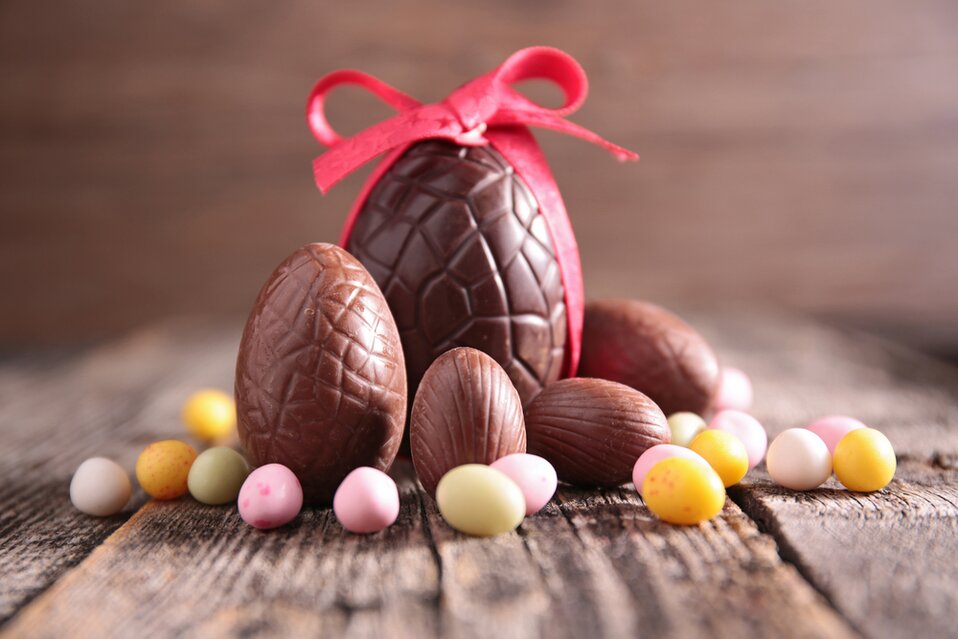
Millions of chocolate Easter eggs are sold in the UK every year – around 90 million! That is an incomprehensible figure. Children in the UK receive an average of 8 chocolate eggs each. You might talk about this and ask for the children’s thoughts.
Which type of chocolate do children like best? Try a blindfolded taste test to see if they are able to tell the difference between milk, dark and white chocolate.
If the children could create the most wonderful egg, worthy of Willy Wonka’s Chocolate Factory, what would it be? They might draw and write about it, perhaps as an advertisement!
This could also be the perfect opportunity to think about how much chocolate we should be eating, and how it should be seen as a treat in terms of a balanced diet.
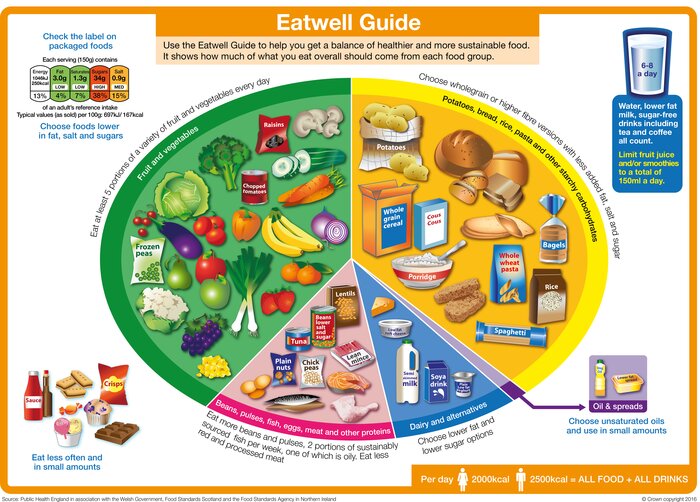
5. Hot cross buns
There are many varieties of hot cross buns in the shops at Easter and it is a tradition to eat them on Good Friday.
You could:
✔ Look at the ingredients that go to make traditional hot cross buns - strong white flour, mixed spice, salt, caster sugar, dried fruits (currants, sultanas, raisins) eggs, butter and milk.
✔ Demonstrate how they are made.
✔Perhaps look at and taste some of the dried fruit. Ask the children where they come from. (Raisins and sultanas are dried white grapes and currants and dried black grapes.) Can children taste any difference between them?
✔Taste-test two or three varieties of buns, cut them into small pieces and see which one is the favourite.
✔ Sing the ‘Hot Cross Buns’ nursery rhyme. It was thought to have originated as a street-sellers cry:
“Hot cross buns,
Hot cross buns,
One a penny, two a penny
Hot cross buns,
If you have no daughters,
Give them to your sons!
One a penny, two a penny
Hot cross buns.”
✔ There are some fun stories and myths passed down through history about hot cross buns. For example:
● If you share a hot cross bun with a friend and say,
“Half for you and half for me, between us two, good luck shall be!” you will have a strong friendship for the year to come.
● If you hang a hot cross bun from the ceiling on Good Friday it will stay fresh for the whole year.
● If you hang a hot cross bun in your kitchen, it means that all the bread you bake that year will be delicious.
✔ See if the children can think of their own new myth to add!
We hope you enjoy this special time of year and have a great Easter break too!

